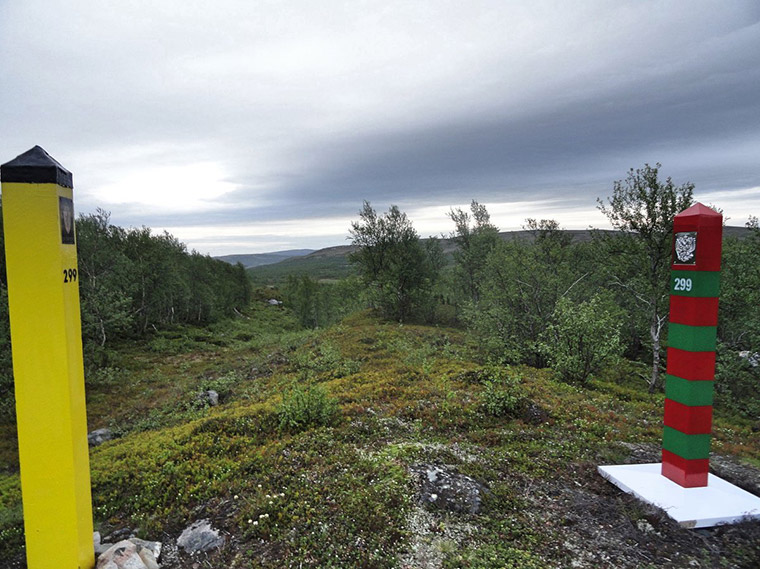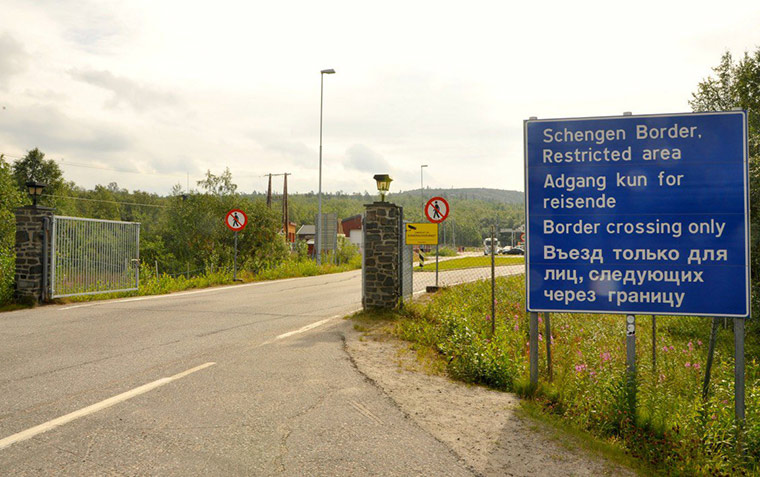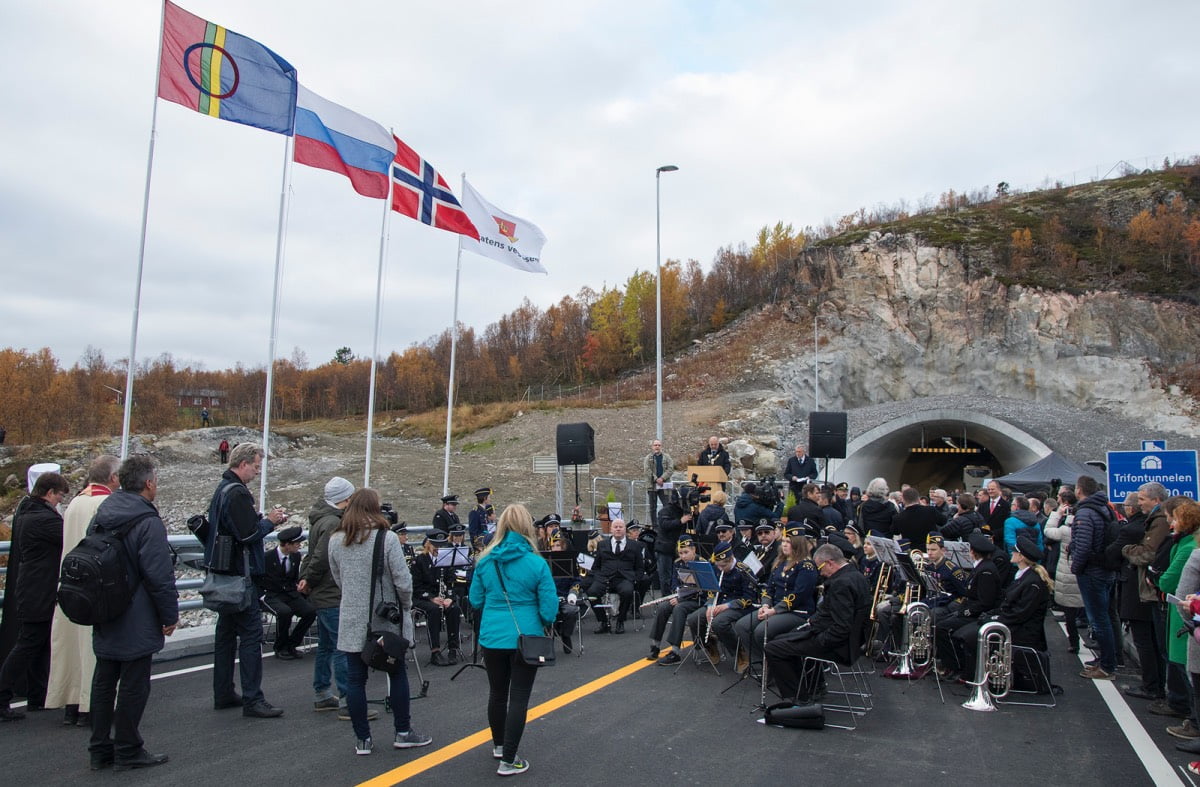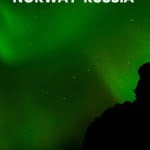Norway’s remote border with Russia is a place of stark contrasts—where peaceful landscapes, Cold War history, and modern geopolitics quietly collide in the Arctic north. Here's what you need to know about the border.
It comes as a surprise to many who think of Norway only as Oslo, Bergen, and the fjords that the country shares a 197.7km-long land border with Russia.

But Northern Norway is vast and far bigger than it appears on the map. And this borderland, far from the bustle of the capital, is where Europe meets Russia in a quiet, forested landscape dotted with reminders of both cooperation and tension.
Despite its length, the Norway-Russia border has just one official crossing point, located on the E105 highway between Storskog in Norway and Borisoglebsky (Boris Gleb) in Russia.
This is the northernmost road border crossing between Europe and Russia and the only legal entry point between the two nations. The rest of the border snakes through remote terrain. The dense forests, rivers and hills are closely guarded and clearly marked.
Distinctive border posts, spaced just a few metres apart, indicate the exact boundary: bright yellow on the Norwegian side, and red-and-green striped on the Russian side.
Bear in mind that even briefly stepping around a post to “straddle the border” is illegal and can lead to arrest.
Border Traffic and Tensions
For years, cross-border traffic was relatively steady. Russians from the Murmansk region visited Kirkenes to shop, access services, and work.
Road signs in the town are often bilingual, and the sound of Russian being spoken is common in shops and cafes. At one time, it was even joked that Kirkenes was “a Russian village in Norway.”

But the invasion of Ukraine in 2022 has changed everything. Following the outbreak of war, Norway imposed sanctions in line with the EU and curtailed cross-border cooperation.
Most forms of visa-free or simplified travel for Russian citizens were suspended, and cross-border shopping trips became rare. Russia closed several consulates, and Norway shut down the Consulate General in Murmansk.
By 2023–2024, border traffic had fallen dramatically. According to Norwegian authorities, the number of crossings at Storskog in 2023 was less than a third of the level seen before 2020. Many of those crossing today are dual nationals, diplomats, or residents with long-standing ties on both sides.
Although the border is calm, it is not forgotten. Norway has increased military presence and surveillance in Finnmark, and local residents report more frequent training exercises and patrols.
Improved Facilities
Prior to these political changes, things were looking up. In September 2017, a new tunnel and bridge opened on the Norway side of the border, completing the improvements to the E105 highway that crosses the border.
The driving time between Kirkenes and Murmansk, the regional capital on the Russian side, is about three hours unless there are delays at the border.
The opening of the bridge and tunnel was marked by a ceremony attended by politicians and religious leaders.

“We have a mutual interest in further developing cooperation, for business, trade, education, environment and other areas,” Minister Ketil Solvik-Olsen said in his speech at the opening ceremony, according to the Barents Observer.
A Border Crossing Worth Seeing?
Despite geopolitical tensions, Storskog remains open, and Kirkenes continues to intrigue visitors. Located just 10 miles from the border, the town is the final stop on the Hurtigruten and Havila coastal voyages and a key destination in Arctic Norway.
Although tourists cannot spontaneously cross into Russia without a visa, visiting the Storskog border post remains a trip from Kirkenes that is attractive for some tourists.
The surrounding area is starkly beautiful, and you’ll see plenty of signs, surveillance, and symbolic reminders that you are standing at a major geopolitical line.
The Arctic Asylum Route
One of the more unusual stories from this border emerged during the European refugee crisis of 2015, when hundreds of asylum seekers used a surprising method to reach Norway: bicycles.
With Russia banning foot traffic across the border and Norway banning vehicles carrying undocumented migrants, a legal loophole emerged. Refugees from Syria, Afghanistan, and Iraq began cycling across the border, typically abandoning their bikes upon arrival.
“Some are fleeing the violence of Syria, Afghanistan and Iraq. Others — joblessness and oppression elsewhere. Yet all are part a growing wave of refugees from the Middle East who have obtained Russian visas as a transit path to Norway. As word of the Arctic Route to Europe has spread on social media, Norwegian officials are increasingly expressing alarm over the influx of migrants who see Russia's remote border with Norway as a safer and cheaper alternative to leaky boats on the Mediterranean” – PRI
The phenomenon made international headlines and caused political headaches in Oslo. Norway eventually tightened rules, clarified entry requirements, and boosted border staffing to stem the flow. Today, that Arctic migration route is effectively closed.
The Norway-Russia border may be remote, but it offers a window into the complex relationships that shape Europe’s north. Kirkenes, in particular, remains a symbol of cross-border cooperation and of the challenges that arise when global tensions filter down to local communities.



Dear sir,
We are very much interested to visit norway.
please let us know any good way for us.
Best regards,
Al Amin Moral from Bangladesh
I speak only english.I have never been out of the state’s and am mid-western culturized as a person can get! But…. I have always felt I belong in Norway!! When I was just a little grade school kid I always looked for books about Norway! I read every little thing about the cilture, the history! And I would find pictures of the majestic mountains And just dream of going to Norway someday!! Keep up the great work! I sure enjoy it weakly!!
Norway is a beautiful country, with friendly people who respects each other and their common land.
They’re however not good at sports but that’s a minor detail. (Excluding Cross Country but no one cares about that).
Heya Norge.
Thank you for the article David